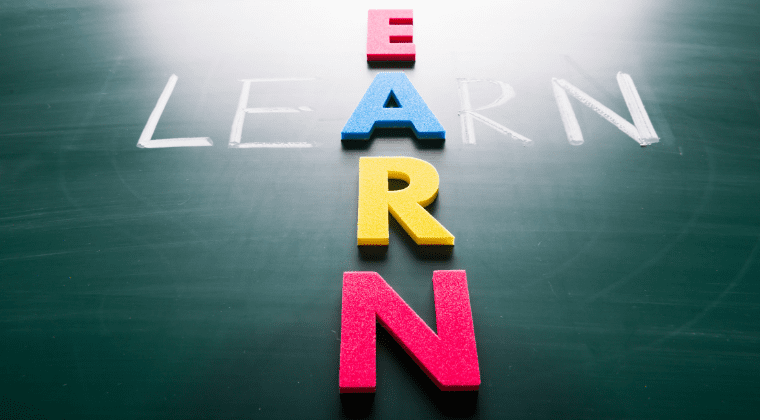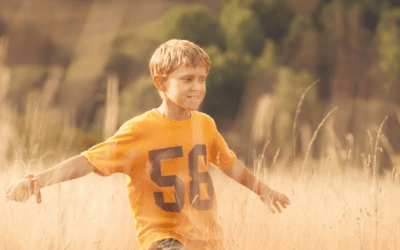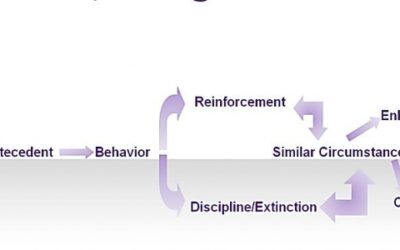We have spent a good deal of our Thursday conversations talking about where behaviors come from, the purpose they serve, how our experiences play a role in our choices, and last week we talked about the relevancy of antecedent events. This week we need to spend a little bit of time talking about the difference between organic and acquired behavioral problems.









